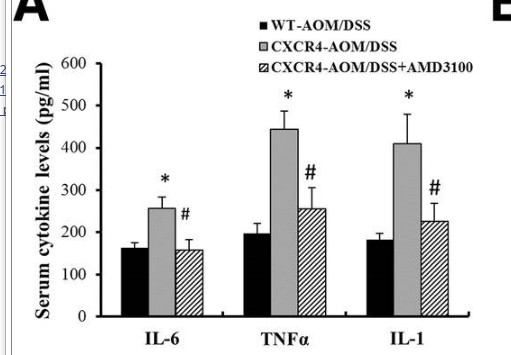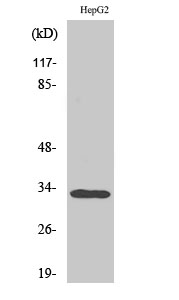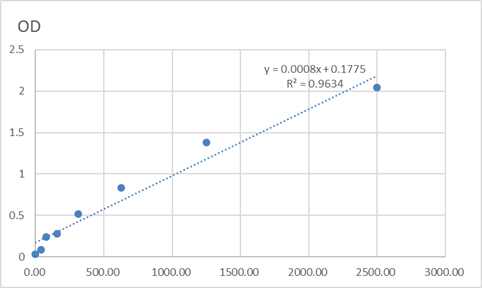Total DcR3 Cell-Based Colorimetric ELISA Kit
- 货号:KA3511C
- 应用:ELISA
- 种属:Human
- 其他名称:
- Tumor necrosis factor receptor superfamily member 6B (Decoy receptor 3) (DcR3) (Decoy receptor for Fas ligand) (M68)
- 背景:
- alternative products:Additional isoforms seem to exist,function:ATP-dependent DNA helicase required to suppress inappropriate homologous recombination, thereby playing a central role DNA repair and in the maintenance of genomic stability. Antagonizes homologous recombination by promoting the disassembly of D loop recombination intermediates. Also required to regulate telomere length; probably due to its anti-recombinase function.,function:Decoy receptor for the cytotoxic ligands TNFS14/LIGHT and TNFSF6/FASL. Protects against apoptosis.,miscellaneous:Amplified in gastric tumors.,similarity:Belongs to the helicase family. RAD3/XPD subfamily.,similarity:Contains 1 helicase ATP-binding domain.,similarity:Contains 4 TNFR-Cys repeats.,tissue specificity:Detected in fetal lung, brain and liver. Detected in adult stomach, spinal cord, lymph node, trachea, spleen, colon and lung. Highly expressed in several primary tumors from colon, stomach, rectum, esophagus and in SW480 colon carcinoma cells.,
- 功能:
- regulation of DNA recombination, telomere maintenance, DNA metabolic process, DNA repair, regulation of DNA repair,apoptosis, anti-apoptosis, response to DNA damage stimulus, cell death, regulation of double-strand break repair via homologous recombination, regulation of cell death, programmed cell death, death, telomere organization, cellular response to stress, homeostatic process, regulation of apoptosis, negative regulation of apoptosis, regulation of programmed cell death, negative regulation of programmed cell death, regulation of DNA metabolic process,chromosome organization, anatomical structure homeostasis, negative regulation of cell death, regulation of cellular response to stress,
- 组织表达:
- Detected in fetal lung, brain and liver. Detected in adult stomach, spinal cord, lymph node, trachea, spleen, colon and lung. Highly expressed in several primary tumors from colon, stomach, rectum, esophagus and in SW480 colon carcinoma cells.



